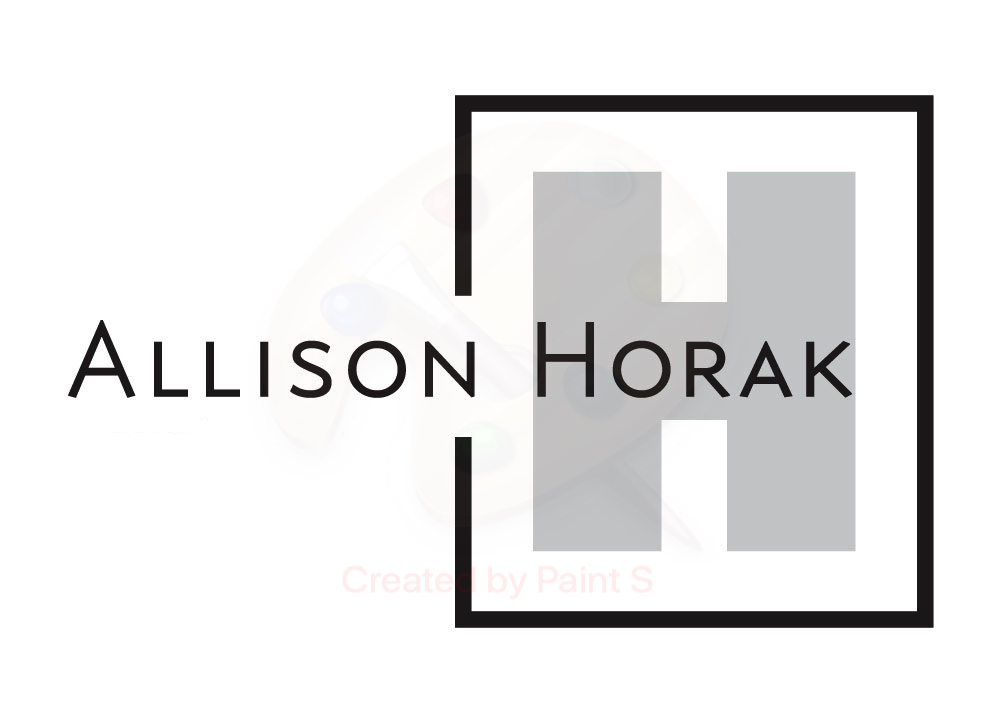Supervisors often feel their employees can’t write well. How about you? Do you spend time correcting the same mistakes repeatedly for your employees? One way to address this issue is to carve out time for coaching, especially for employees whose work involves a lot of writing.
To get better results, give clearer instructions at the beginning. Always:
- Specify what type of document you want produced and who the audience is.
- Give a deadline for the document, along with whether that date is firm or flexible.
- Provide examples of previous documents of the same type that were successful.
- Estimate a page maximum (yes, maximum!).
- Estimate how long your employee should spend on the assignment.
Ask yourself if you’re part of the problem. If you feel your employees turn in substandard work, expecting you to fix it, then you’ve probably trained them to behave that way. Why would anyone give an assignment their best effort when they know it’s going to get massacred no matter how hard they try?
Most of us edit in only one way—using the “slash and burn” method: No matter the circumstance, we call out everything that might be wrong. If we’re honest, we enjoy finding these so-called errors in others’ work. We mark, underline, circle, renumber, reword, and generally hack it into something “better,” i.e., something that sounds like we wrote it.
Newsflash: “This isn’t how I would’ve written it” is NOT a standard against which we should measure anyone else’s writing!
Editing should be a coaching experience.
- When reviewing an employee’s draft, read it all the way through without a writing utensil in hand. (How can we really edit anything until we know what the whole thing says?)
- Next, sit down with your employee and talk. It’s your job to commend successes and suggest improvements, not change the document—that’s the employee’s job!
- The employee works on a second draft based on your conversation, and the process continues.
It’s about ownership. When we tinker with other people’s documents, expecting them to make our changes without explanation or discussion, we’ve robbed ownership of the document from them.
You may have noticed that I said above “commend successes.” In these coaching conversations, that means giving honest compliments about things done well. Always include the word “because” in these commendations, so employees know the “why” behind the comment. You might say:
“Ebony, I like how you’ve organized this document. You placed your most important point at the top, and as the document goes on, items of lesser importance are discussed. That’s effective because we know people don’t always read documents completely, but your readers will get the most valuable information even if they only read page 1.”
Time is the biggest obstacle to this coaching approach. It takes time to coach someone rather than “fix” their document. If you think you don’t have time for these coaching conversations and multiple drafts, here’s a suggestion: Just try it. Plan so you do have time for the creation of a draft, then a review followed by a conversation, then at least one other draft.
The payoffs of this approach can be huge:
- It will save time eventually. Your employees will become better writers, needing less input and coaching from you over time.
- You’ll hone your own editing skills because you now have to justify any suggestions you make.
- You’ll build stronger and more trust-based relationships with your employees because you’re investing in their professional development through honest conversations, including positive and constructive feedback.
- You’ll have a well-written final document. You had input into its form and substance, and your employees will feel it was actually produced by their hands.
What do you do to empower your employees to be better writers? Please share
your tips.


Recent Comments